
The official Erdös Number Project
computes Erdös Numbers only via a path through papers eligible for citation in
a professional journal.
The compilers of The Erdös Number Project Extended take a more generous perspective, and extend the concept of
the Erdös Number to become the Erdös Number embodying a wider and deeper range of collaboration.
These web pages constitute our FAQ on the Erdös Number,
just who or what is eligible, the youngest, oldest, and most fabjous awardees.
In fact, fiction, animal, mineral, vegetable, or in the spiritual realm.
Which Movie Star has the best ( = the lowest ) Erdös Number?

| Good Will Hunting, was conceived and scripted in part by Matt Damon. The technical consulant for that movie -- Dan Kleitman -- was a mathematician with the notably low Erdös Number of 2 -- so that Matt Damon, by this collaboration, gained the low Erdös Number of 3. Note that the award is not on the basis that Matt Damon played the role of a mathematical prody in Good Will Hunting -- it is the joint publication that counts. |
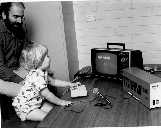
|
Alexander Zeno Cohen.
Alexander was only two years and four months old when a joint publication appeared which via the extended principles of mathematical genealogy gained him an an Erdös Number of 4. (He was NOT three-years old as per the caption below.) Alexander's precocity might be attributed to his exposure, from the age of twelve months, to the educational programs of the OZNAKI Project, which was the first educational robotics project that was microcomputer based. He is shown, aged twenty months, with his father, using the 2-key (+ -) keypad for use with the PLUSMINUS program, a Tiny Tots Calculator, running on the Poly-88, a 1976 microcomputer. |
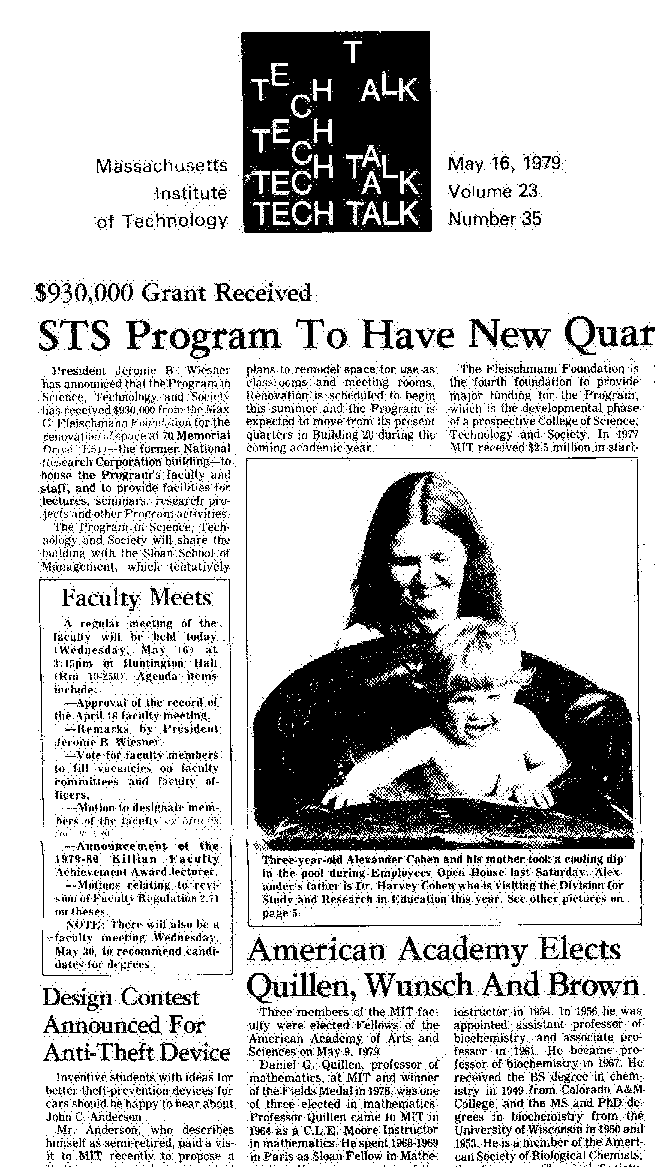

| Those who gain their knowledge of mathematics from that most reliable medium, the film, will learn from Good Will Hunting that publication in MIT TechTalk is the absolute pinnacle of mathematical achievement, if a little lower in stature than the actual award of a Fields Medal. Thus Alexander had it made within mathematics by the very publication of his exploits on the front page of TechTalk -- but it was nice that MIT's latest Field Medallist could assist him in gaining a low Erdös Number . |
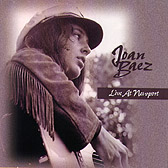
|
Quote from Email:
Lucy Kaplansky was the opening act at a recent concert given by Joan Baez. Lucy Kaplansky's father is Izzy Kaplansky. Izzy Kaplansky is a co-author of Erdos'. -- Gerry Myerson (gerry@mpce.mq.edu.au) Link to the Evidence for this claim. |
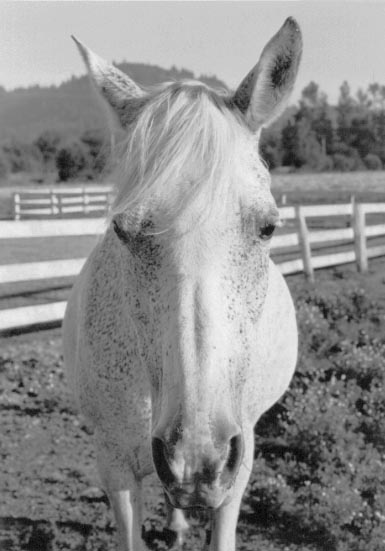
|
Recent work by animal psychologists showing that not only primates
but even birds have surprising intellectual capacities,
opens the question as to whether non-humans can boast a Erdös Number.
The answer is indeed yes; the story is however curious.
Jerry Grossman at Oakland University contributed an article to a Bridge magazine, jointly with Smarty, his wife's horse. As Grossman (Grossman, Jerrold Wayne) has an Erdös Number of 2, the horse achieved an Erdös Number of 3. In keeping with the hard-edge, yet generous, approach taken on this site, here are the detailed facts re Smarty. A clue/entry in a crossword included in a magazine devoted to Bridge cast aspersion on the Arabian breed. Smarty, as was his style, expressed gross irritation, and was consoled by Jerry Grossman, who ghosted a letter of complaint to the magazine. The published letter only featured Smarty's name, but as this is common practice in "ghosted" books and articles, the joint authorship of this publication is accepted. And how could one dispute with the principal compiler of the official Erdös Number Project |
Just what are the principles of Mathematical Genealogy ? The key idea is that there has to be a path of joint publications, linking the awardee with Paul Erdös. The Erdös Number is the smallest number of links connecting a (joint) paper of the awardee with Paul Erdös. A full formal definition can be given using Graph Theory, but the idea is simple enough, to be explained by a simple example.
Alexander Zeno Cohen acquired an Erdös Number of four via the following path:
> > 1,40c Erdos, Paul; Wintner, Aurel. Additive arithmetical functions and > statistical independence. Amer. J. Math. 61, (1939). 713--721. > > 19,397e Sternberg, Shlomo; Wintner, Aurel On a class of analogies between > differential equations and implicit equations. J. Analyse Math. 5 (1956/57), 34--46. > > 57 #1582 Guillemin, Victor W.; Quillen, Daniel; Sternberg, Shlomo. The > integrability of characteristics. Comm. Pure Appl. Math. 23 no. 1 (1970), 39--77. >> "American Academy Elects Quillen, Wunsch and Brown", TechTalk Vol 23 No 35 p1 May 16, 1979 -- including the pix to which Alexander contributed.Starting from the classic Erdös Wintner paper, for which Wintner acquired a Erdös number 0f 1; an Analyse Math paper with Wintner sets Sternberg's Erdös number =2; while Quillen's collarative effort with Sternberg (and Guillemin) made his Erdös Number =3. In the case of Alexander Zeno Cohen, we need to note that invariably press articles re mathematicians were first written by the mathematicians themselves, then revised by journalists enroute to the presses. In this case the article re Quillen et al, has been typographically joined with the pictorial saga of Alexander's exercise in fluid dynamics, to produce the Erdös Number defining publication.
Did my Partner Acquire an Erdös Number on marriage ? If Not, How can he/she acquire a finite one?
What if one party to a marriage already has an assigned Erdös Number while the other has no finite Erdös Number. Does a marriage certificate signed by both parties, constitute a publication of those two parties, assigning Erdös Number + 1 to the spouse?
No -- a single copy does NOT constitute a publication. In our opinion only in the case of "serial marriage" -- repeated marriages of the same parties -- would the duplicated marriage certificate constitute a publication for these purposes. Its arguable that in the case of a bigamist, certificates each with different partners names constitute revised editions -- but we won't buy that.
Can Sophie Acquire an Erdös Number ?
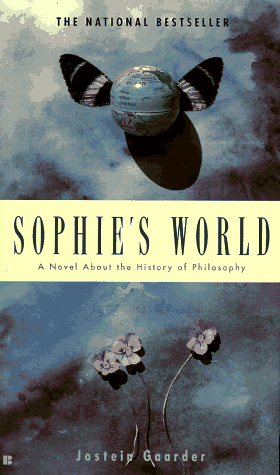
|
Can a character in a novel gain an Erdös Number ?
Clearly the author of a novel can give one of his characters
any such attribute he requires, but an Erdös Number
bestowed by an author will NOT be recognised by this Project.
The work of the author remains a fiction.
We are more flexible than the Erdös Number Project, but not fanciful.
In detail, the Erdös Number Project will only recognise an awardee
whose act of collaboration involved an act of free will on their part.
Few characters in novels possess the philosophical nouce required to escape
the author's direction and to act for themselves.
But
in Sophies World
the character Sophie, with devilish cunning, achieved an act of free-will,
Sophie escaped from the tyranny of her author, The Major, himself a fictional construct of
Jostein Gaarder.
There is a further question: in which world can Sophie -- or any other fictional character -- acquire an Erdös Number. For the answer to this question, we await further. presentations by Jostein Gaarder. See also this Sophies's World site. |
|
But can a mathematical
Dragon
gain an an Erdös Number ?
This matter is being zealously researched.
| |
|
|
Quintrino Assignment of an Erdös Number
There is a five-fold chain of collaborators linking the webmaster of this site, Harvey A. Cohen, with Paul Erdös, In detail, the five chains of collaborators linking Cohen with Erdös are:
But this publication is a joint publication of the webmaster, and of the mathematical sculptor Bathsheba Grossman QED: By virtue of this joint publication, Bathsheba Grossman has gained an Erdös Number of 6. |
||

| Link to Inside Harvey's Head | ||